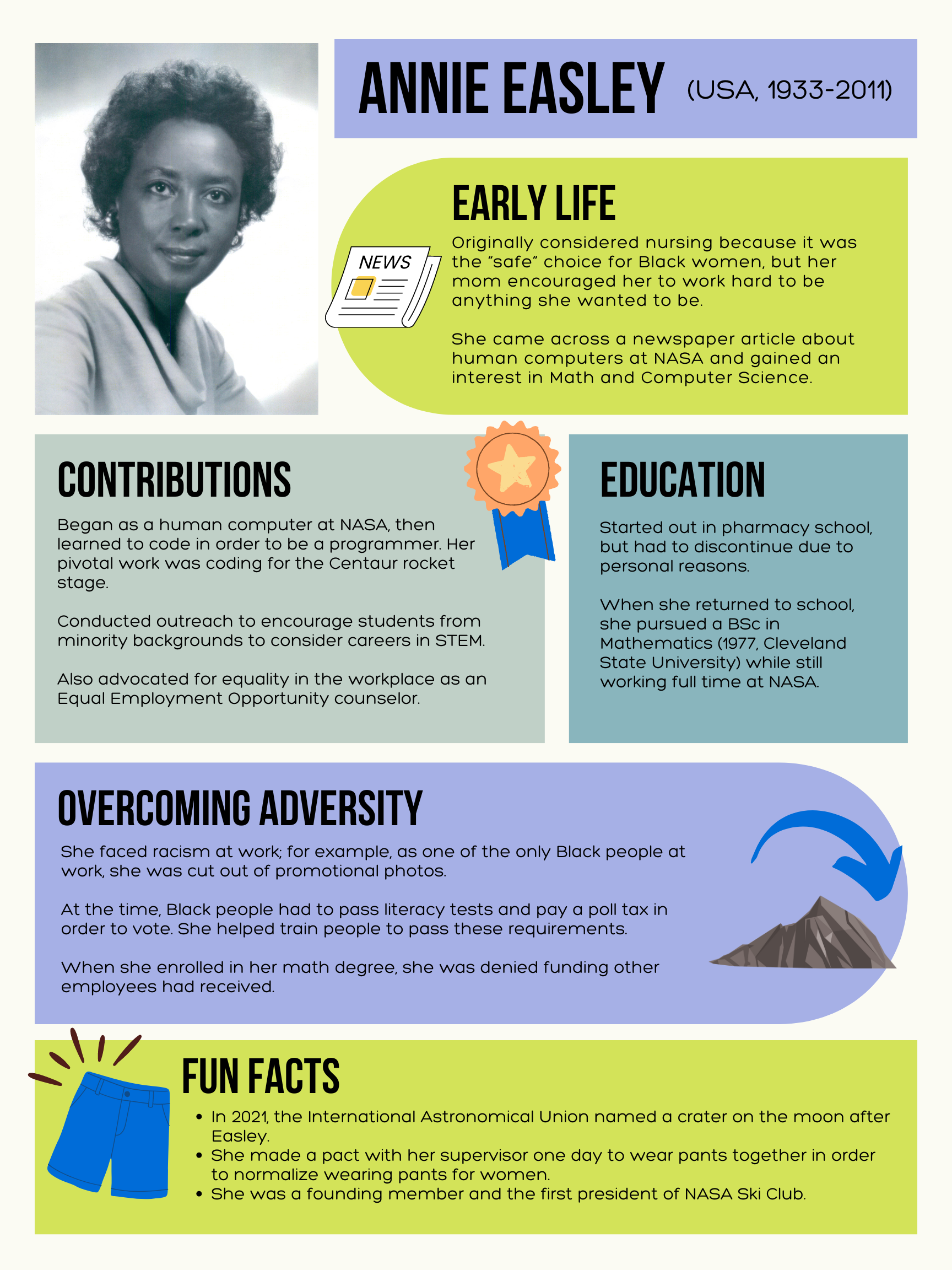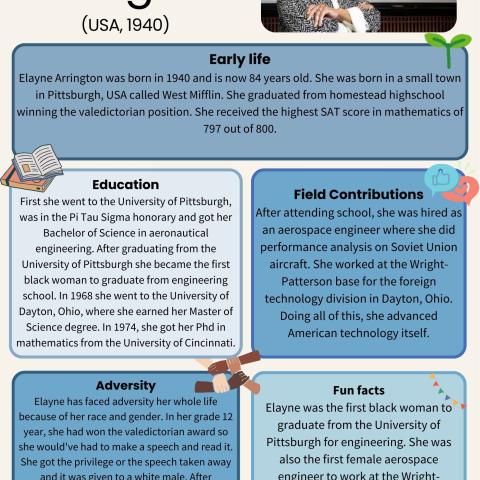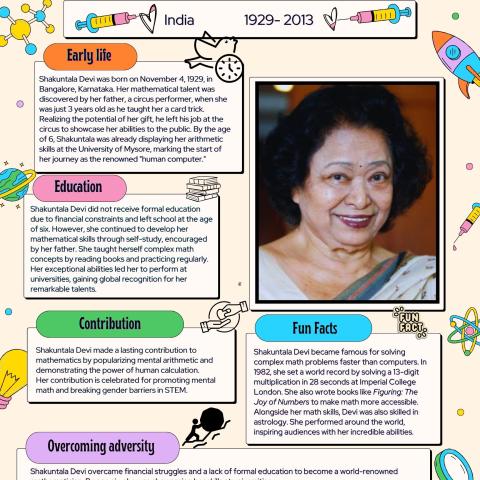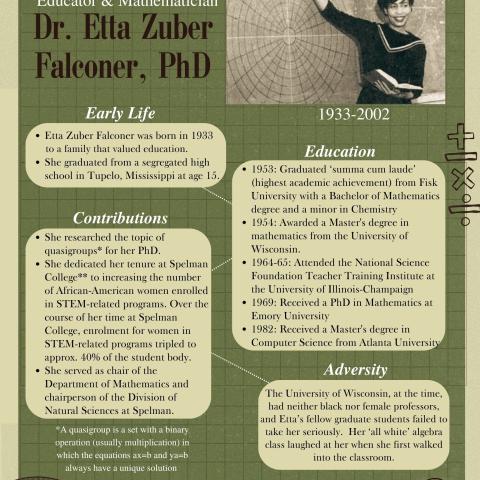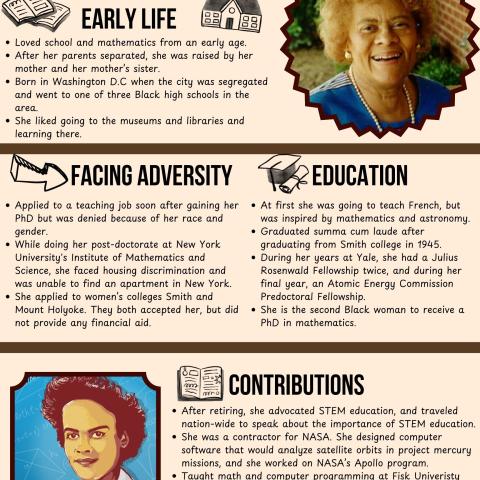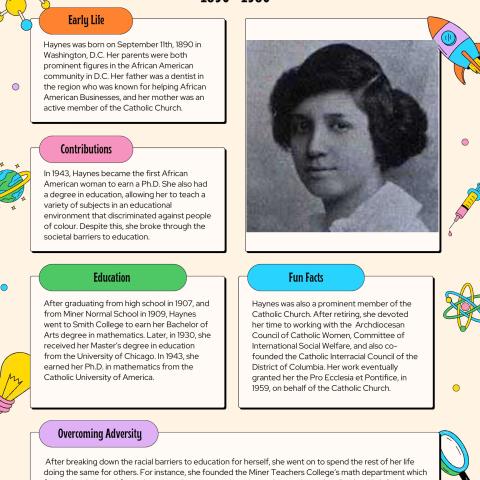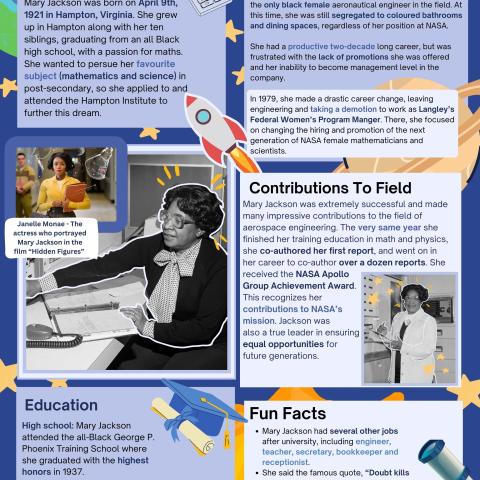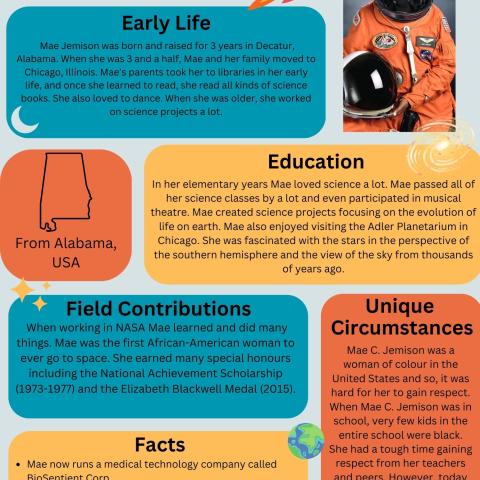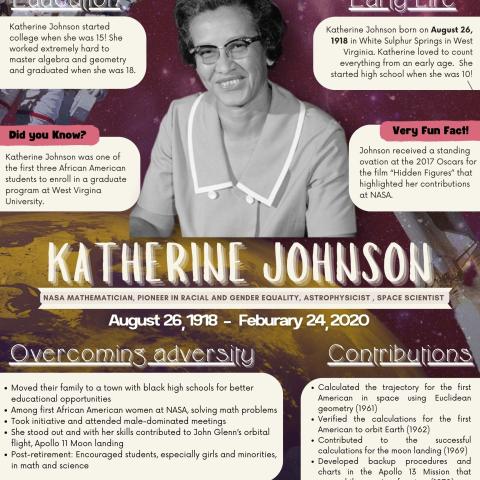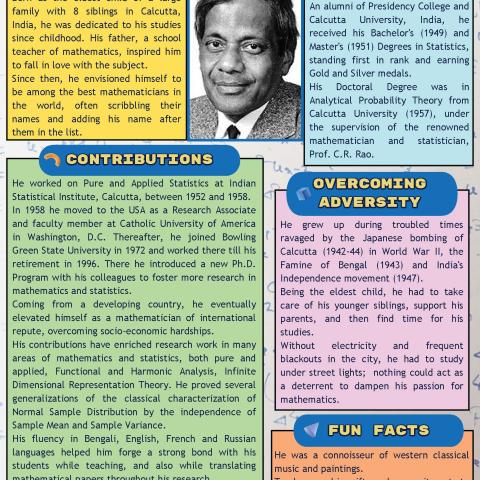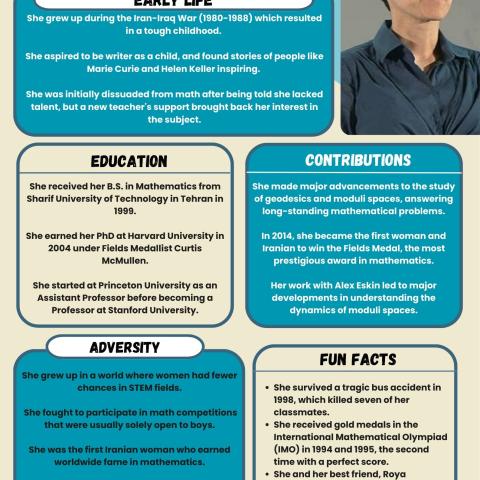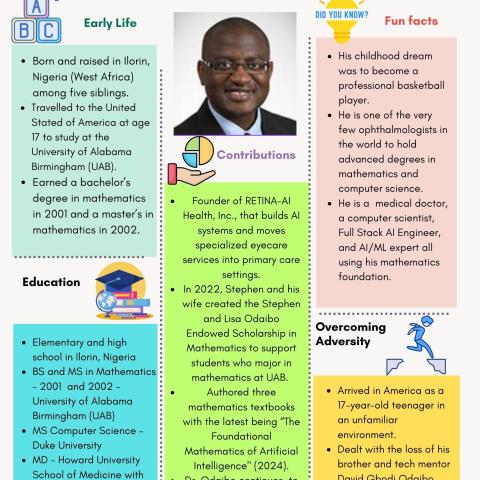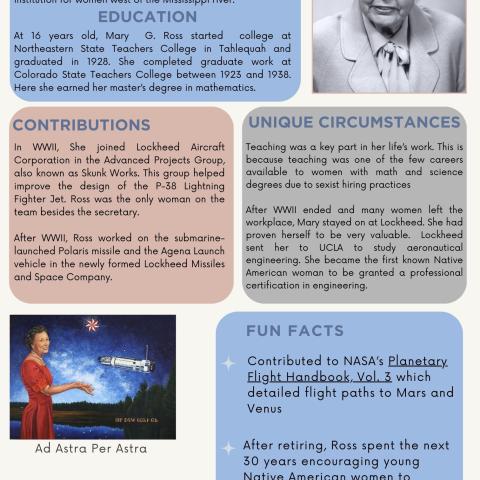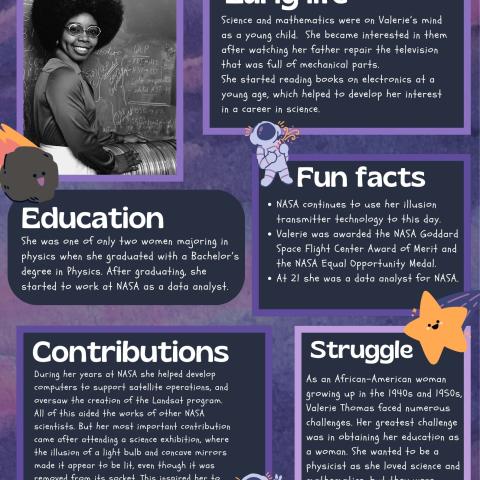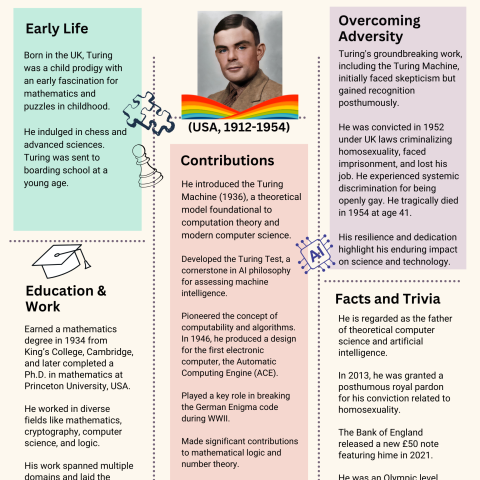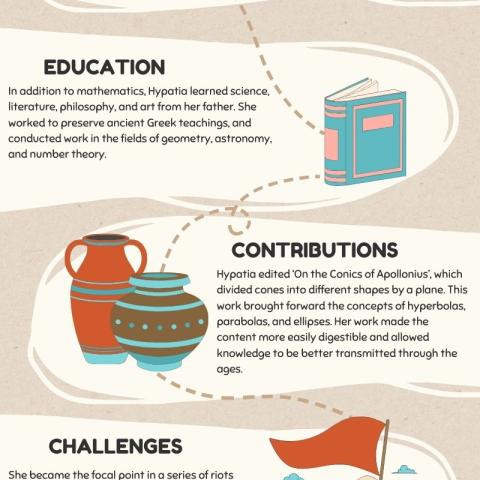Welcome to The Mathematician Mosaic, an initiative designed to celebrate the rich and diverse contributions of mathematicians from all walks of life. Through this initiative, we aim to inspire students to explore the varied experiences and stories within the fields of mathematics and computing.
By encouraging students to research and create biographical posters about a person in the mathematical sciences*, particularly those from underrepresented backgrounds, we hope to broaden participation and increase visibility in these fields. Whether as individuals, small groups, or whole classes, students will delve into the lives and careers of these remarkable figures, bringing their stories to life. Their educator or parent/guardian will submit the completed posters, which may be featured on the CEMC website, showcasing the creativity and learning of students to a wide audience.
This project is open to students from all grades.
*Mathematical sciences refers to any field for which mathematics is the foundation. Examples include, but are not limited to: pure/applied mathematics, statistics, mathematics education, computer science, physics and astronomy, data science, etc.
Scroll down to find the selected posters from 2024-25.
Poster Criteria
2024-25 Mathematician Mosaic Gallery
In 2024-25, we received over 80 submissions from students around the world. Below, you will find the 18 posters that were selected to create The Mathematician Mosaic. Click "View" to see the full poster.
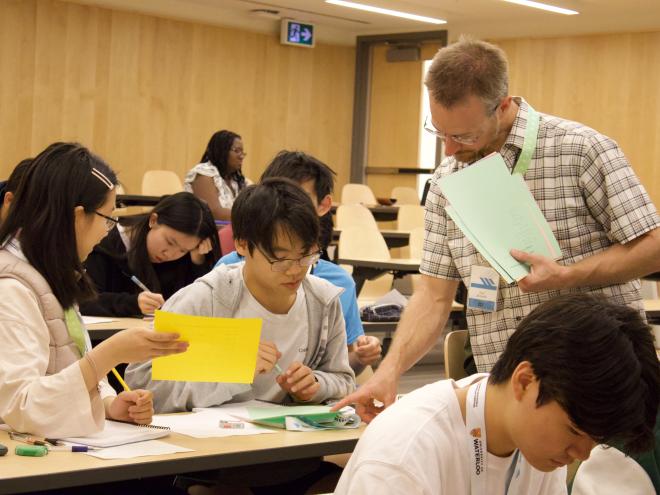
Why educators should consider using the Mathematician Mosaic as a project in their classroom
- It can be connected to curriculum strands that are newer in some regions (like the Mathematical Thinking and Making Connections strand in Ontario).
- It can be used as a cross-disciplinary project between math, history, and languages.
- It can give students a chance to learn about real-life applications and careers in mathematics.
- It can be used to give students a chance to learn more about mathematicians that represent aspects of their own identities and that they can relate to.

